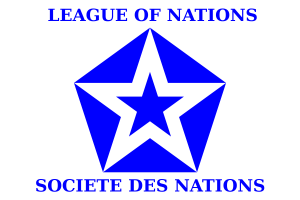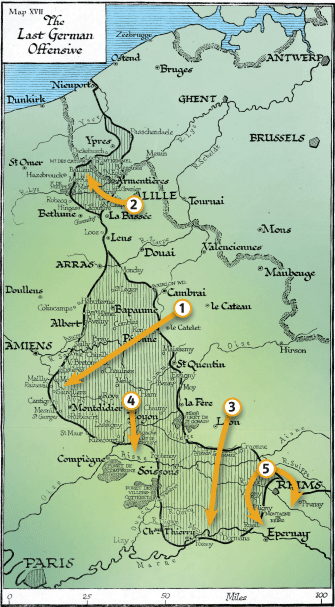 The photo I decided to re-enact was based on the student sit-ins organised by the SNCC in the early 1960s, and depicts a passive student, Tidiane, being threatened and yelled at by a counter protester, Charles. I chose to re-enact the sit-ins due to their popularity in the United States during the 1960s, as well as the swift effect they had across the US during their time with examples like the SNCC sit-ins of Nashville.
The photo I decided to re-enact was based on the student sit-ins organised by the SNCC in the early 1960s, and depicts a passive student, Tidiane, being threatened and yelled at by a counter protester, Charles. I chose to re-enact the sit-ins due to their popularity in the United States during the 1960s, as well as the swift effect they had across the US during their time with examples like the SNCC sit-ins of Nashville.
I chose to take this photo on the tables on the third floor, and this was because of the view from that place. It is quite beautiful and it was a nice day, as one can see from the photo’s background, and in my mind I felt that if we had been transported back to the era of segregation it would be appropriate for a sit-in to take place in that location. The conditions of white spaces were exponentially better than designated spaces for blacks, and I wanted that to be expressed through the photo. Keeping that in mind, I thought about the motivations I wanted my characters to have.
For Tidiane’s character, I wanted him to be the ideal student seen in most photographs of sit-ins: completely calm, passive and indifferent to the violence and threatening atmosphere around him. This is reflected by his facial expression, which is mostly neutral and is supposed to show him blocking out the words of Charles’s character.
For Charles’s character, I wanted him to be a counter protester to the sit-ins and I modelled who I thought his character was after the members of some of the white mobs in pictures of sit-ins. The character’s anger is directly translated through Charles’s facial expression, and his hand gesture is supposed to show the physical threat protestors at sit-ins where often met with.
Some strategies used in this picture include the use of levels and eye line. Levels are used in the photo very intentionally: Tidiane is placed on a lower level than Charles in order to translate the power dynamic between the two that would have existed during that time, which is also emphasised by Charles’s hand gesture. Eye line is also used to show the behaviour of the characters in the photo: Tidiane is looking down away from Charles in order to convey his passivity in the situation, while Charles looking directly at Tidiane is indicative of his intent in the photo.
Not many resources were needed to recreate this image, minus the actors and a camera. We used a public space to take this photo, and needed very little to get a big message in return.




